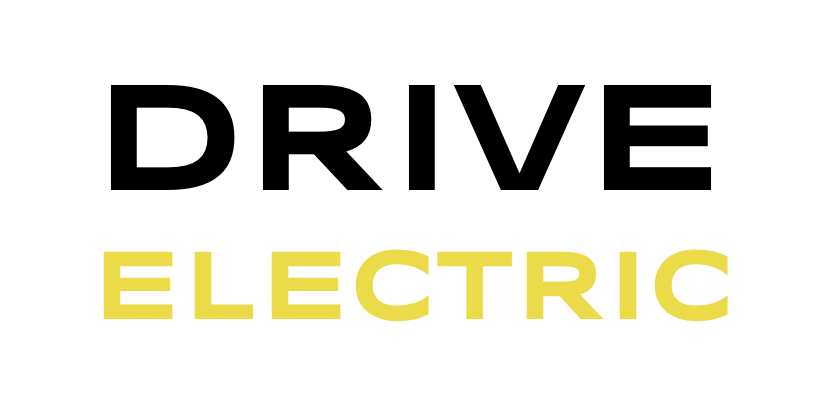The world’s largest solar-powered vehicle is taking a 2,800km tour of South Africa over the next few weeks.
Developed by Switzerland’s Lucerne University of Applied Sciences and Arts, the 10-meter, 2.8-tonne SolarButterfly is a unique caravan or mobile home.
It boasts a kitchen, toilet, shower, running water, air conditioning, and sleeping space for up to six people, but its standout feature is an 80m2 solar panel array — consisting of rooftop and ground-lain panels.
The panels can produce up to 16kW of peak power or 150kWh of energy in a day, enough to supply the SolarButterfly’s own electrified appliances and juice up an electric vehicle (EV) battery with more than 200km of towing range.
For reference, an entry-level grid-tied home solar power system with five or six panels in South Africa has about 3kWp capacity and can produce somewhere around 15kWh to 20kWh daily in ideal conditions.
The vehicle’s name — SolarButterfly — derives from its shape when both its side-awnings or “wings” are extended.
It also features two large eyes and antennae at the front for a striking appearance intended to draw the public’s attention.
As part of a global climate change awareness campaign, the SolarButterfly is being towed across several countries using a Tesla Model X 100d.
It has already covered nearly 75,000km across 42 countries, where the SolarButterfly team visited 185 climate solutions facilities.
The SolarButterfly’s journey in South Africa began on Monday, 10 February 2025, at the V&A Waterfront in Cape Town and is expected to take over a little more than a month.
The current position of the vehicle can be tracked on the SolarButterfly website.
The planned route will see the SolarButterfly team for South Africa — consisting of Martin Baumeler, Walter Koeppel, and Job Meinders — make their way north via the N1 to Gauteng.
They will then travel eastwards for a few nights in the Kruger National Park before going south through Eswatini to Durban, the final stop in South Africa. The team expects to reach the latter by early March.
The man behind the SolarButterfly
SolarButterfly’s director and initiator is Louis Palmer, who developed the awareness campaign a few years after becoming the first person to circumnavigate the world in a solar-powered vehicle.
Palmer told MyBroadband that SolarButterly aimed to investigate and highlight how businesses and other initiatives were helping to reduce global warming.
“This transition is happening all over the world, so we want to see and show that not only the rich countries are getting away from fossil fuels.”
“We are looking forward to visiting all kinds of projects in the field of mobility, energy, architecture, waste management, reforestation, and more.”
“We also want to visit schools and raise awareness for global warming and the solutions that exist to address it.”
MyBroadband was curious to know how the size and weight of the SolarButterfly affected the Model X’s range.
Palmer said that the EV was good for somewhere between 140km and 200km while towing the trailer, which is around half the realistic range calculated by EVDatabase.
While that is a substantial reduction, the upside is that the team has a portable charging station available during the day.
Unless you are also towing a 3-tonne trailer or going into deeply rural areas, it is important to emphasise that you don’t need a towable power generator to cover most parts of the country.
Thanks to an extensive public charging network along South Africa’s major routes, you are unlikely to find yourself stranded with a depleted battery.
If their accommodation allows, EV drivers willing to sleep over on the way to their destinations will also be able to use slow charging from a regular three-prong socket.
MyBroadband has made multiple long-distance journeys in fully electric cars, including between Johannesburg and Durban and between Pretoria and the Kruger National Park.
Not relying on any dirty power sources
Several others have travelled from Cape Town to Johannesburg using only public charging stations, with the fastest EV trip time being 19 hours — comparable to the realistic travelling time in a petrol model.
Dutch couple Maarten van Pel and Renske Cox of the 4×4 Electric awareness campaign also travelled from the Netherlands to South Africa in a modified Skoda Enyaq fully-electric SUV, which they charged with a mix of mobile ground-lain solar panels and public charging systems.
Their expedition covered over 38,000km driving through 38 countries and also stopped at various sustainability initiatives along the way.
The benefit of the SolarButterfly team’s approach is that their mobile charging system uses only renewable energy.
As it stands, a lot of the energy from public charging stations in South Africa comes from Eskom generation, which relies heavily on dirty coal-fired power.
Full article HERE
(source: Mybroadband

